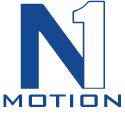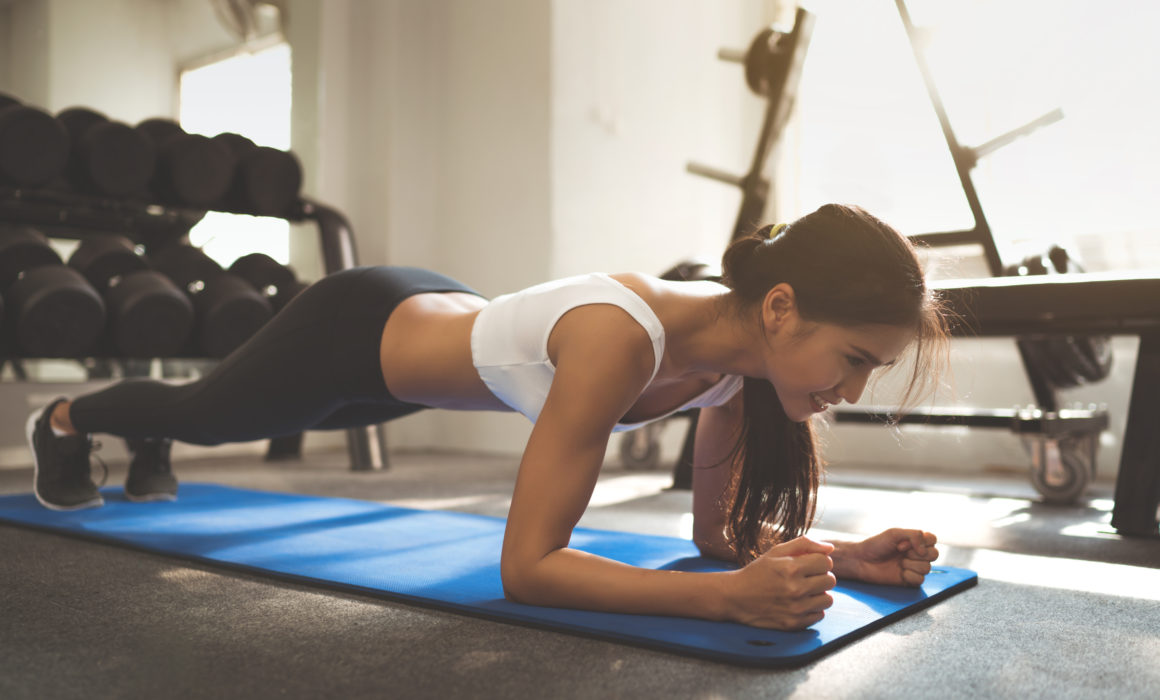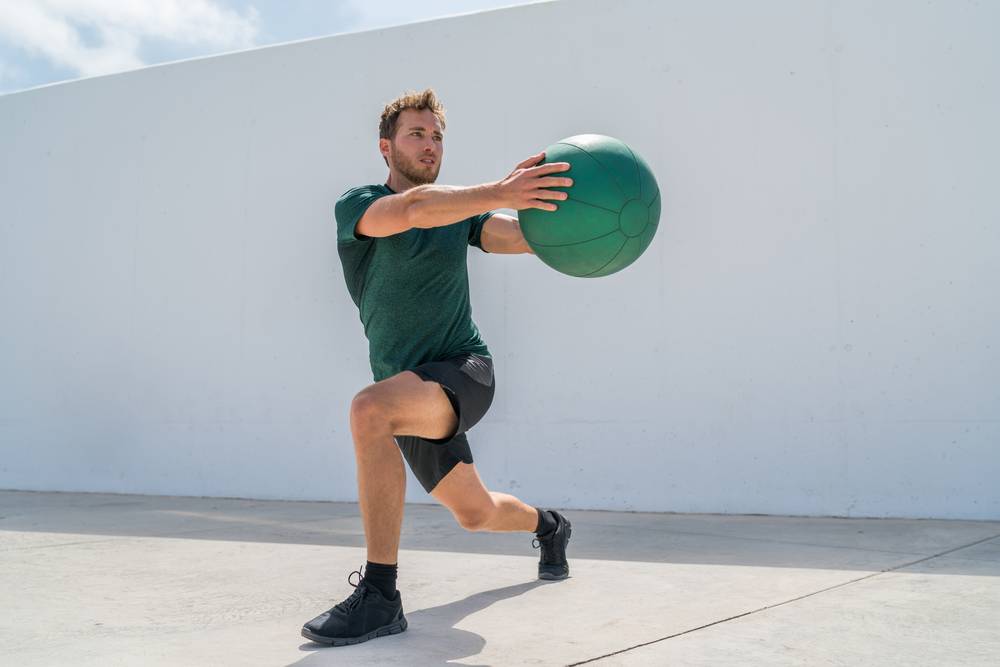10 Minute Bodyweight Core Circuit
10 Minute Bodyweight Core Circuit
A strong core enhances balance, stability, and energy transfer. Thus, it can help prevent injuries during day-to-day activities and sports injuries. Core strength directly correlates to exercise and sport activities like walking, jogging, sprinting, throwing, squatting, jumping, and swinging motions. The stronger your core is, the more efficient you will be at these activities. Through strengthening your core, you will see an increase in your fitness, performance, as well as minimize your risk for injuries.
When doing a core routine you want to incorporate exercises that target all of the muscles in your core musculature (see table below).
|
Core Muscle Groups |
|
|
Pelvic floor muscles |
Tansversus abdominis |
|
Multifidus |
Internal and external obliques |
|
Rectus abdominis |
Erector spinae (sacrospinalis) |
|
Erector spinae (sacrospinalis) |
Longissimus thoracis |
|
Diaphragm |
Latissimus dorsi |
|
Gluteus maximus |
Trapezius |
|
Gluteus medius |
Psoas major |
|
Serratus anterior |
|
Try this 10 minute bodyweight core circuit at home or at the gym
Perform 1 round of each exercise for 1 minute before moving onto the next. Take minimal rest between exercises. Complete
Plank – 1 minute
Side Plank – 30 seconds each side
Dead Bug – 1 minute
Glute Bridge– 1 minute
Bird Dog– 1 minute
Half Kneeling Wood Chop – 30 seconds each side
Alternating Leg Lowers – 1 minute
Penguin – 1 minute
Russian Twist– 1 minute
Clams – 30 seconds each side


